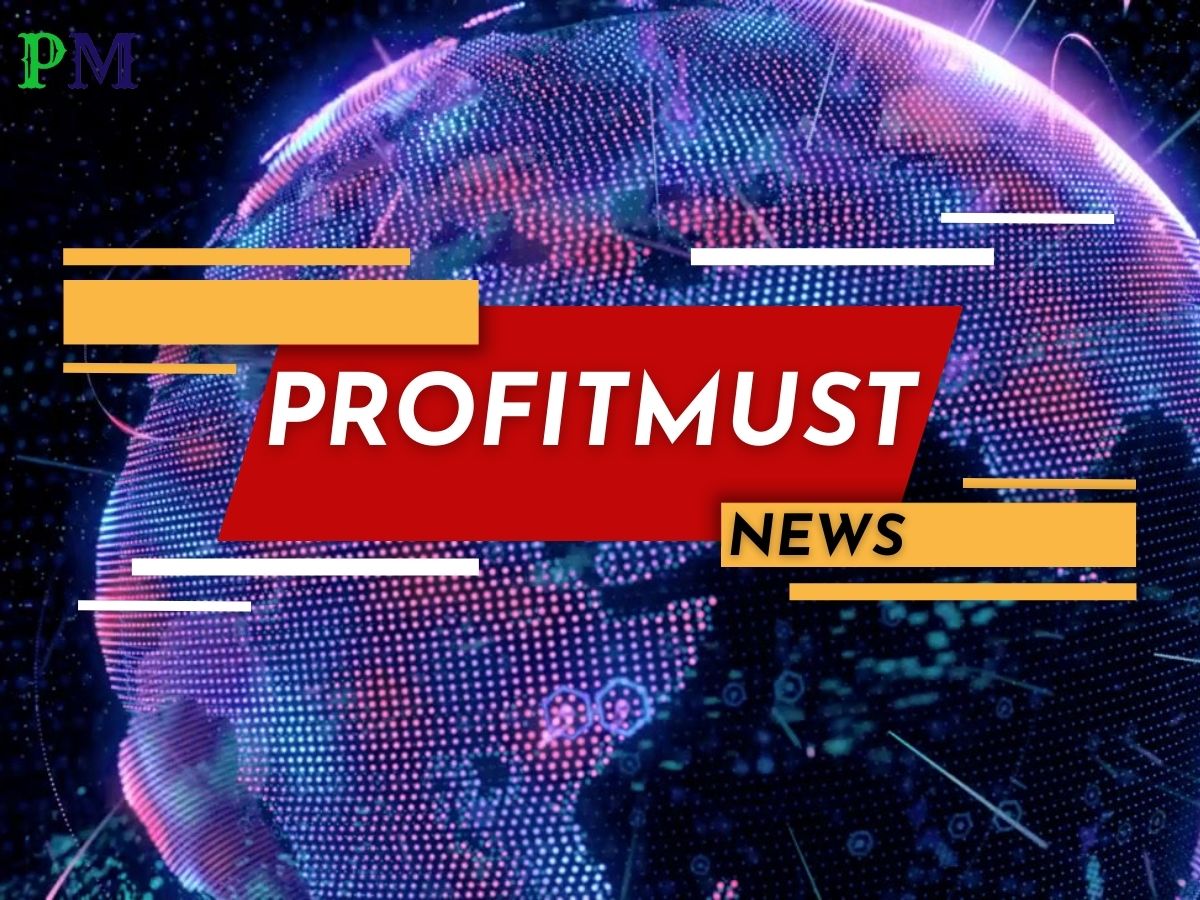India’s beer market has experienced stagnation over the years despite having significant growth potential, primarily due to inequitable taxation and restrictive retail licensing rules. In India, beer accounts for only 1% of global sales.
Unlike most countries, India taxes spirits based on the total volume rather than alcohol content. Vinod Giri, director general-designate of the newly formed Brewers Association of India, explains that this policy disproportionately penalizes low-alcohol content products like beer, making them more expensive than stronger spirits such as whiskey. For example, a one-liter bottle of beer with 5% alcohol content is taxed the same as a one-liter bottle of whiskey with 40% alcohol content, leading to a higher relative cost for beer.
In 2023, India’s beer market grew by 6.5%, with sales exceeding 31 million hectolitres, approximately 400 million cases. However, this is minimal compared to other countries. In 2022, China sold 420 million hectolitres, the US sold 204 million, Brazil 149 million, and even Vietnam sold over 50 million hectolitres. According to data from the drinks consultancy IWSR, the beer market in India is projected to grow at a compound annual growth rate (CAGR) of about 3% from 2022 to 2027.
Retail licensing rules and fees in India also fail to differentiate between low-alcohol products like beer and high-alcohol content products, despite the higher distribution costs associated with beer, such as the need for cold supply chains and limited shelf life.
Giri points out that globally, governments shape regulations to encourage consumption of lower-alcohol products like beer, a practice not yet adopted in India. Such regulatory changes could unlock the beer market’s potential and promote moderate, responsible alcohol consumption.
In an effort to grow the beer category in India, United Breweries (a Heineken company), AB-InBev, and Carlsberg India Pvt. Ltd, which together account for around 85% of beer sales in India, have launched a new association. This association will partner with the World Brewing Alliance (WBA), which includes brewers and brewing trade associations from Australia, Brazil, Canada, and Europe.
Beer production in India relies heavily on local agriculture, supporting a robust local supply chain and sustaining farmers who grow millets and other cereal grains in dry, arid conditions. The new association aims to collaborate with the government, brewers, and farmers to boost barley production, a key ingredient in beer.
Kartikeya Sharma, president of AB InBev India, highlighted several barriers to the growth of India’s beer industry, including inequitable taxation, accessibility issues, and regulatory challenges. Vivek Gupta, managing director and CEO of United Breweries Ltd, emphasized the industry’s joint commitment to accelerating growth, promoting responsible alcohol consumption, and shaping a robust taxation and regulatory framework.
Dolf van den Brink, chairman of the executive board and CEO of Heineken, noted that India’s beer market has stagnated at around 400 million cases annually for the past decade due to regulatory and state-to-state duty issues.
However, he believes the development of the Indian middle class in metropolitan areas and the emergence of local craft brands will drive future growth.
He also mentioned that India’s beer market had largely avoided major impacts from geopolitical issues and raw material cost inflation due to local sourcing. Heineken has made significant investments in the domestic beer market, spending over ₹8,000 crore recently to increase capacity.

